TES 2012
6th Toronto Electroacoustic Symposium
The 2012 Toronto Electroacoustic Symposium (TES) is the focus of the latest issue of eContact! Co-presented by the CEC and New Adventures in Sound Art (NAISA), the 6th edition of TES featured Trevor Wishart as Keynote Speaker. A selection of the creative and theoretical practices, collaborations and research of members of the international EA milieu is accompanied by several interviews and columns.
Schedules, abstracts and programme notes from the symposium are available on the TES 2012 pages. A TES 2012 Photo Album has also been posted to the CEC’s Facebook page.
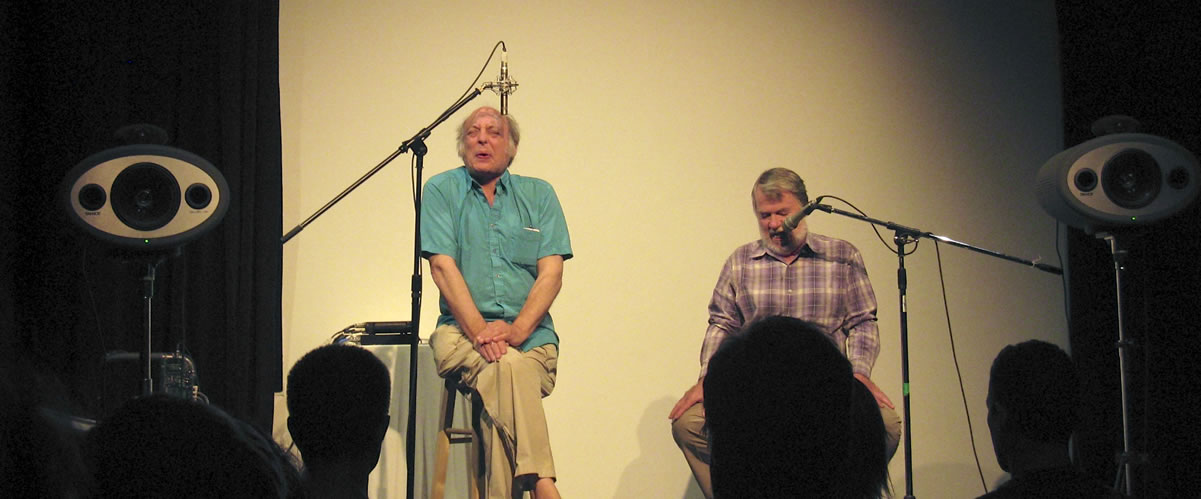
About this Issue
Editorial
Keynote Address
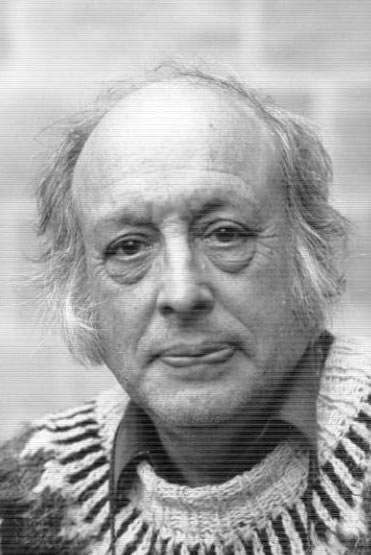
Encounters in the Republic of Heaven
A look at the author’s work with the voice in electronics over the past decade, through the pieces Globalalia (2004) and Encounters in the Republic of Heaven (2011). Several excerpts from the works are used to illustrate various compositional techniques, in particular, the “portraits” of individual speakers.
Articles
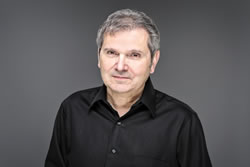
Information Asphyxiation: Procrastination, distraction and the digital artist
Digital artists may face numerous hazards when making creative work in an era of near-infinite access to information. While our focus here is on electroacoustic composers, the principles of the problems apply equally to artists working in any digital medium.
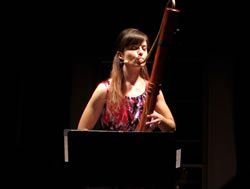
Musicians at Play: Collaboration between performers and composers in the creation of mixed electroacoustic music
In the collaborative creation of new mixed electroacoustic pieces, there is an exchange of many kinds of expertise, from idiomatic to technological, between composers and performers. This process mirrors peer-to-peer knowledge acquisition described by developmental scholars like L.S. Vygotsky. Collaborative practices and the pieces emerging from them also often show aspects of play and games.
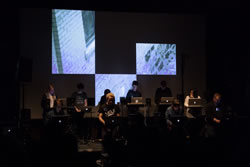
Scalable, Collective Traditions of Electronic Sound Performance: A Progress Report
A progress report on the laptop orchestra research project “Scalable, Collective Traditions of Electronic Sound Performance” around McMaster University's Cybernetic Orchestra offers discussion of live coding compositions, the EspGrid software and future directions of the project.
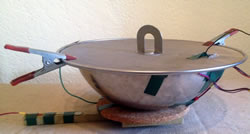
Creating “Orbit, a Scalable Laptop Composition”
The creation of Orbit: A Scalable Laptop Composition is the outcome of reflections on and exploration of digital music technology and laptop performance formats. This work, for solo, laptop orchestra or networked laptop ensemble, involves the use of live coding, DIY instruments and gestural controllers.
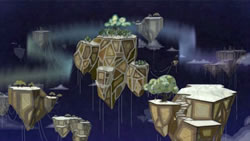
A Particle System for Musical Composition
A software particle system, usually used for synthesizing moving images of “fuzzy” objects such as fire, water, smoke and clouds, is adapted for use as a music composition engine in which the individual particles are more complex than in conventional particle systems.
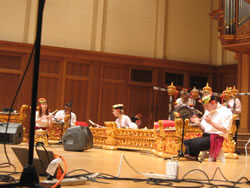
Electro-Instrumental Performance and Indonesian Musical Traditions: Moving beyond sonic tourism
The use of “culture-specific” samples in electroacoustic works is examined here, and, using three recent electro-instrumental compositions featuring recordings of traditional musics (including Indonesian gamelan) and electronics, different models and degrees of integration of these “foreign sounds” are discussed.
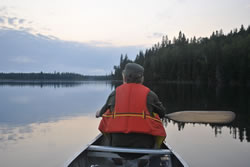
Under Living Skies: Aural character in creative practice
Under Living Skies explores the aural character of Saskatchewan through three distinct project components: a concert performance for multi-channel audio and chamber ensemble, the development of an impulse response library and the production of a site-specific composition for a remote lake in Northern Saskatchewan.
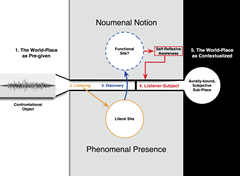
Between the Two: A Re-address of the listener in situated musical practice
As part of an investigation of listener experience in response to the author’s composition Windows Left Open, a phenomenological analysis of Max Neuhaus’ Times Square provides a backdrop for the exploration of the role of the listener in the relationship between literal and functional site.
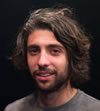
Tracing Conceptual Structures in Listener Response Studies
The author describes a recent listener response study which seeks to uncover the underlying conceptual structures anchoring the listening experience of listeners who are familiar and unfamiliar with various strands of electroacoustic creation. Categories of reference such as person, place and cultural position were used for comparison.
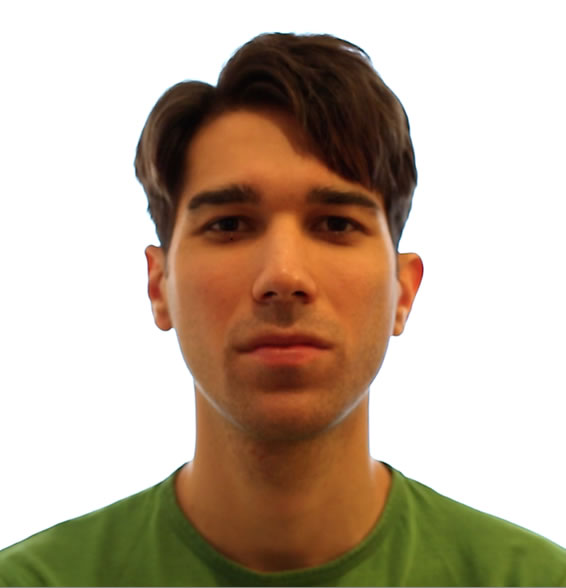
Diegesis as a Semantic Paradigm for Electronic Music
Through a multi-perspective view of representational modes in the arts, the concept of diegesis, or “the spatio-temporal universe of the story,” is utilized to investigate the semantic disposition of electronic music and how it affects the listener experience.

Toward “Compositional Reflection”
Composers are encouraged to share their reflections and ruminations on the more intimate aspects of their individual artistic practices — the practice, rather than the theory — with the aim to proliferate the options available for the experience of the work.
Interviews
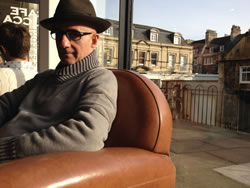
An Eclectic Iranian-American Composer and Artist: Conversation with Dariush Dolat-Shahi
Dolat Shahi’s studies in Utrecht and at Columbia-Princeton were part of a state-sponsored plan to build the first electronic music studio in Iran. Despite many changes following the revolution, music is very prevalent today in the country, in the private sphere.
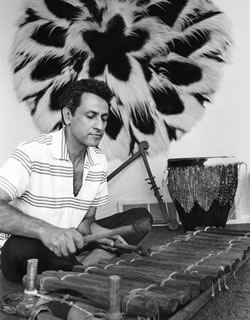
… like a sculptor, taking chunks of sound and chiselling them into something beautiful: Interview with Egyptian composer Halim El-Dabh
Already in the 1940s, El‑Dabh was composing for the Cairo outpost of the Indian film industry. Later, the convergence of cultures he encountered around the Columbia-Princeton studios greatly influenced his compositions and theatre works, as did multiple trips to record traditional music across Africa.
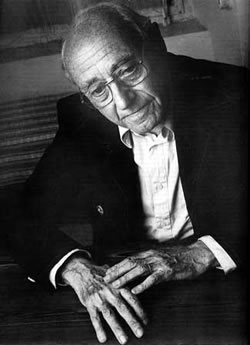
From “Enfant Terrible” to Elder Statesman: Conversation with Israeli composer Josef Tal (1910–2008)
Tal eschewed models and trends such as an “East-West synthesis” typical to the Mediterranean School during the 1950s, preferring to forge his own individual compositional style. In 1961, he founded Israel’s first electronic music studio in Jerusalem.
Columns
[TALK] 6 Questions to Composer Freida Abtan by Kevin Austin
[TALK] 6 Questions to Composer and Media Artist Joseph Hyde by Kevin Austin
[TALK] 6 Questions to Sound Artist Ian Jarvis by Kevin Austin
[TALK] 6 Questions au compositeur et vidéaste Pierre Paré-Blais par Kevin Austin
[TALK] 6 Questions to Composer and Video Artist Jean Piché by Kevin Austin
Other Items
SONUS.ca
Works by some authors and / or artists in this issue can be heard in SONUS.ca, the CEC’s online electroacoustic jukebox:
Social top